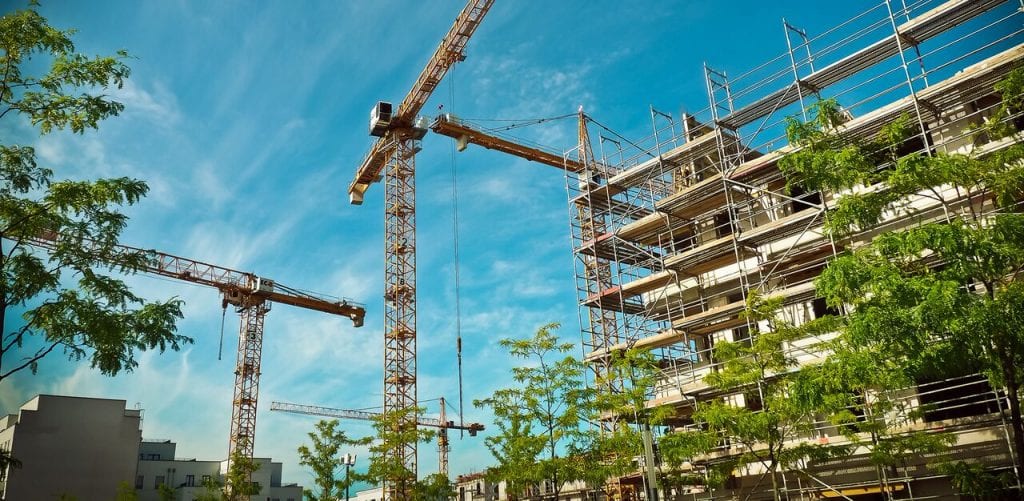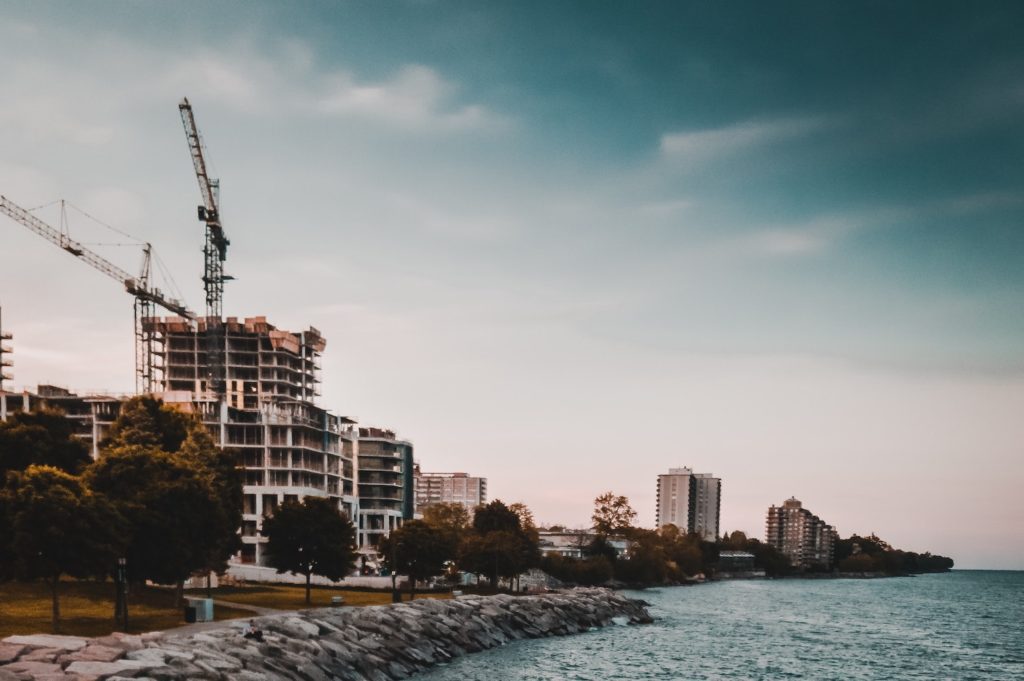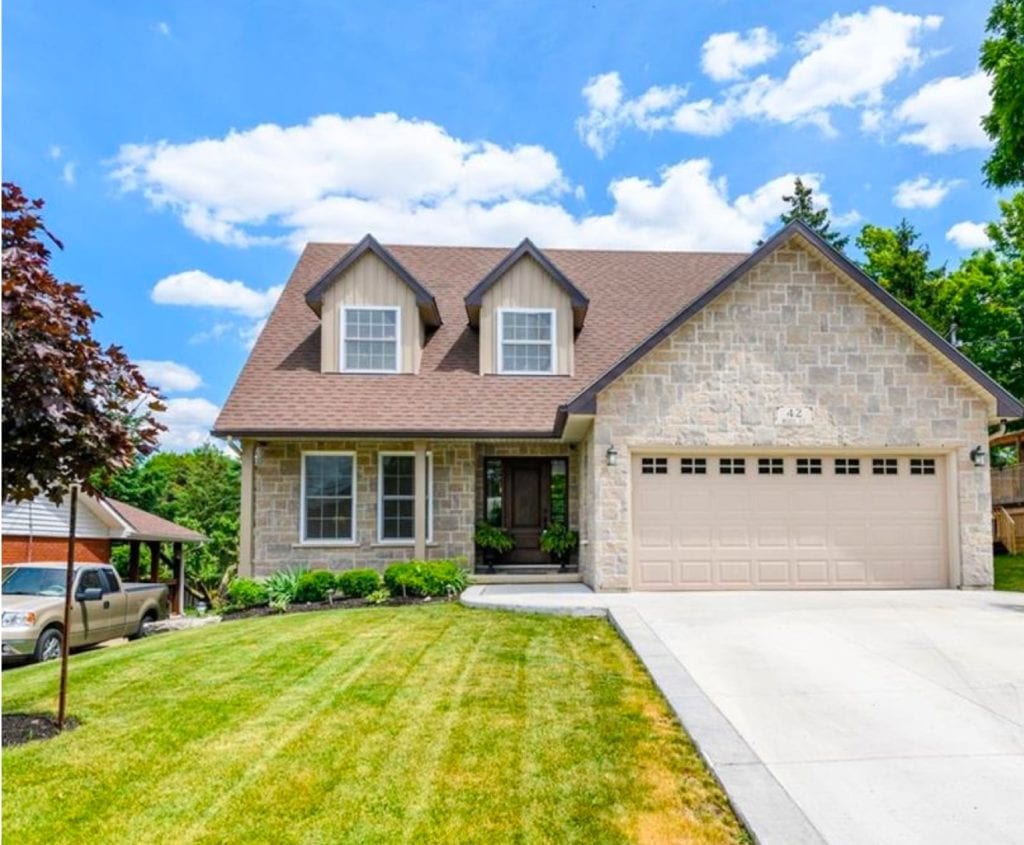
The First-TIme Home Buyer Incentive is a Federal Government program that aims to make it easier for qualified Canadians to purchase their first home.
The incentive was released in the summer of 2019 on the heels of the Liberal government proposing new housing measures.
So let’s take a closer look at the First Time Buyer Incentive. Here’s a comprehensive guide to get started:
First of All, What is The First-Time Home Buyer Incentive?
The Incentive is essentially a shared equity mortgage with the Government of Canada. It’s designed to help qualified first-time buyers reduce their monthly mortgage costs without increasing their down payment. Effectively helping to improve the overall affordability of real estate for buyers who are entering the market and buying a house for the first time.
It works like this: the federal government lends you money based on the overall purchase price and property type of your home. Homebuyers are not required to pay interest, there are no ongoing payments required, and there are no added repayment fees.
The reason for this is that with a shared equity mortgage, it technically means that the government shares in your investment. However, you will need to pay back the loan at some point. More on that later.
Want to read more about the Federal Government’s housing plan? Read our blog about what the Liberal Party has promised after this fall’s Federal Election here.
Who Qualifies for a First-Time Home Buyer Incentive?
First-time buyers with a qualified annual household income of up to $120,000 can qualify for the incentive. If you are applying for the First-Time Home Buyer Incentive in the Toronto Area (GTA), Greater Vancouver Area (GVA), or Victoria, your household income cannot exceed $150,000. If you are planning to purchase a house as a couple, at least one of the borrowers must be a first-time buyer and the incentive is only available for Canadian citizens or permanent and non-permanent residents who are legally authorized to live and work in Canada.
How Can a First-Time Buyer Incentive Reduce Mortgage Payments?
When looking at how these incentives can help lower your monthly mortgage payments, we have to take some time to crunch some numbers. Let’s imagine you are trying to purchase a new construction home for $400,000 with the minimum 5% down payment:
Without the First-Time Home Buyer Incentive
| Total purchase price | $400,000 |
| Down payment | $20,000 |
| Mortgage | $380,000 |
| Monthly Payment | $2,251 |
|---|
Based on a fixed mortgage rate of 4.9% and a 25-year amortization, includes mortgage insurance premium.
With the First-Time Home Buyer Incentive
Total purchase price $400,000
Downpayment $20,000
First-Time Home Buyer Incentive $40,000
Mortgage $340,000
Monthly payment $1,991
Based on a fixed mortgage rate of 4.9% and a 25-year amortization, includes mortgage insurance premium.
Based on this example, you would save about $3,120 each year and pay a lower mortgage insurance premium with the incentive.
Are There Any Down Payment Qualifications?
Although technically the First-Time Home Buyer Incentive helps bolster your down payment, you will still need to have the minimum 5% down payment on hand from traditional sources such as savings, RRSP, or a non-repayable monetary gift from a relative. Additionally, your insured mortgage and the incentive amount cannot exceed four times your qualifying income.
Do All Properties Qualify?
For a property to qualify for the First-Time Buyer Incentive, it must be located in Canada and eligible for full-time, year-round occupancy. Based on the type of home you wish to purchase, you may qualify for specific incentives. However, the maximum eligible home value for the incentive is approximately $560,000. This might sound discouraging for Toronto buyers, but outlying cities like Hamilton still have plenty of inventory that meets this requirement!
The various incentives for property types look like this:
| Resale home | 5% |
| New construction | 5% or 10% |
| New or resale mobile or manufactured homes | 5% |
Paying it Back
As mentioned earlier, with the First-Time Home Buyer Incentive, you will not be required to pay interest or ongoing payments. However, you will be responsible for paying the incentive amount either after 25 years or if the property is sold (whichever comes first). You can also repay the entire incentive in full at any time without a pre-payment penalty.
One consideration that you must make is that since the government has technically invested in your home, they are also subject to its appreciation. For example, if you bought your home for $400,000 and you received a 10% incentive but now you are selling the home for $500,000, you are still required to pay 10% of the value.
This goes both ways. If the value of the home has depreciated over the years, you are only on the hook to pay back the incentive percentage of its market value.
How to Apply for the First-Time Home Buyer Incentive?
Applying for the incentive is simple. Once you’ve been pre-approved for a mortgage and have found the home you’re ready to purchase, you simply need to fill out a few forms and submit them to your lender. They will apply on your behalf and can help you with the entire process from there. You can learn more about applying for the First Time Home Buyer Incentive on the National Housing Strategy website here.
Why Should You Apply?
The First-Time Home Buyer Incentive is designed to take some of the pressure off of new buyers entering the real estate market. The biggest benefit of the incentive is the ability to lower your monthly mortgage payment, pay a lower mortgage insurance rate, and begin to build equity in a home that you own. It’s a path worth exploring for almost all new home buyers.
If you’d like to learn more about the First-Time Home Buyer Incentive, let the experts at Michael St. Jean Realty help. You can call us at 1-844-484-SOLD or email us here.



